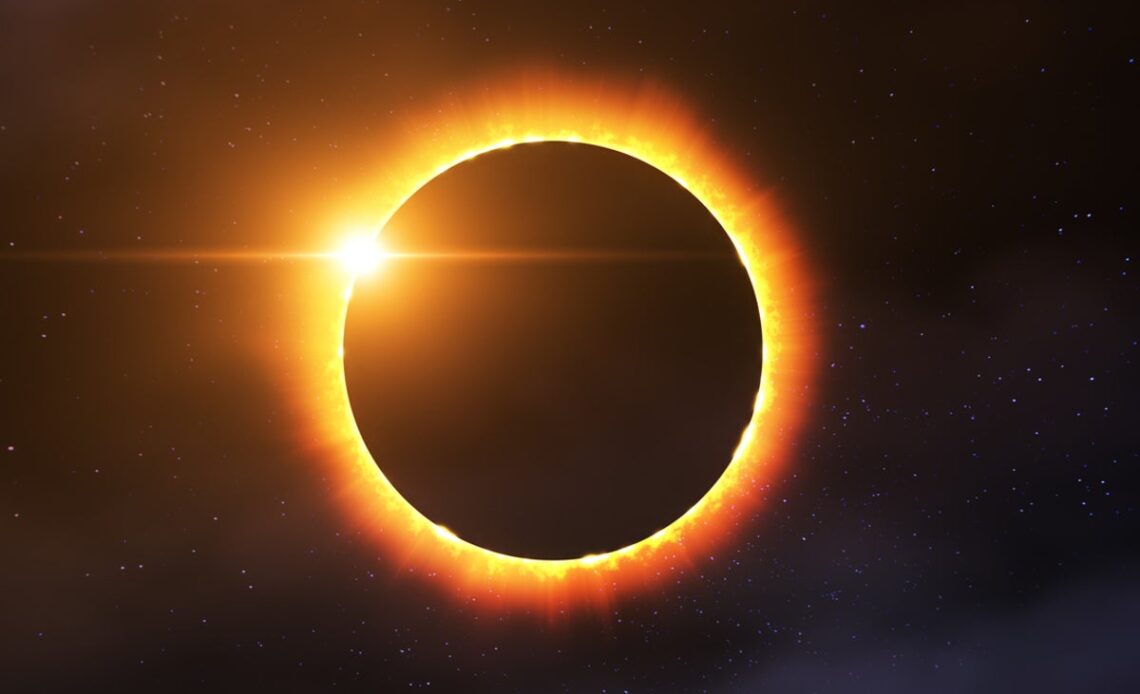On 8 April 2024, a total solar eclipse will sweep across North America, providing an astronomical experience in many alluring locations.
Only a tiny proportion of humanity has ever witnessed a total eclipse – but tens of millions of people will be able to experience one as the “path of totality” sweeps from the Pacific to the Atlantic during the course of that magical Monday.
Here’s what you need to know about why you should see it and where to be.
What happens during a total solar eclipse?
The greatest show on earth comes courtesy of the lifeless moon. Normally the orbiting lunar lump merely provides earth with tides, moonlight and somewhere to aim space rockets. But roughly once a year it aligns with the sun and, thanks to a geometric miracle, blots out the hub of the solar system to create a total eclipse.
“Even though the moon is 400 times smaller than the sun, it’s also about 400 times closer to earth than the sun is,” says Nasa. “This means that from earth, the moon and the sun appear to be roughly the same size in the sky.”
On track? Part of the path of the 8 April 2024 total solar eclipse in the US
(NASA/Scientific Visualization Studio/Michala Garrison)
A narrow band marking the “path of totality” carves an arc of darkness across the surface of our planet. If you are somewhere on that line at the predicted time, and you have clear skies, then the experience will become a lifelong memory. The closer you are to the centre of the path of totality, the longer the total eclipse will last.
What’s so good about seeing an eclipse?
After a warm-up lasting more than an hour, during which the moon steadily nibbles away at the surface of the sun, you suddenly experience totality. The stars and planets appear in the middle of the day. The air chills.
To testify to the heavenly fit between our two most familiar heavenly bodies, faint diamonds known as Baily’s beads peek out from behind the moon. They actually comprise light from the sun slipping through lunar valleys.
A sight to behold – so long as you can see the moon blotting out the sun and appreciate the mathematical perfection of nature in our corner of the galaxy.
Eclipses are entirely predictable: we know the stripes that the next few dozen will paint upon the surface of the Earth. But the weather is not. Cloud cover, which blighted the Cornwall eclipse in 1999,…
Click Here to Read the Full Original Article at The Independent Travel…
